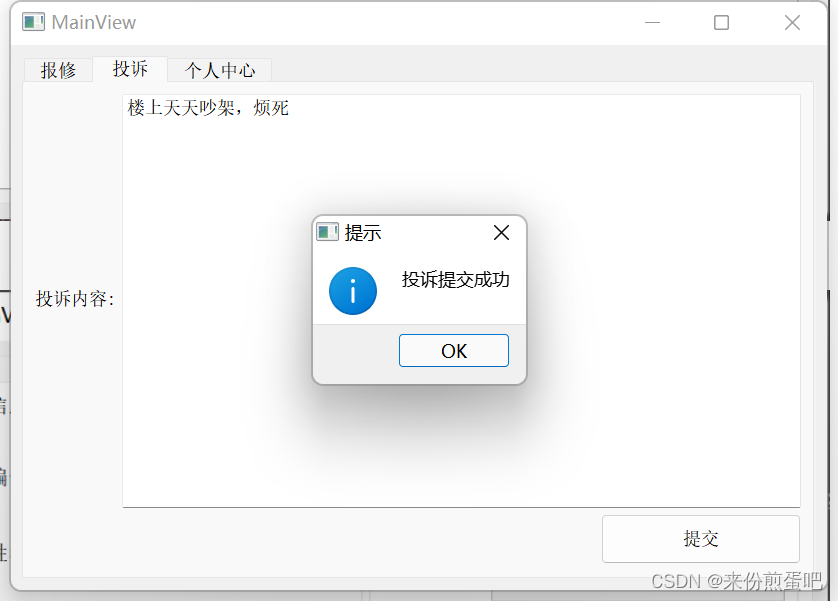Spring Boot如何实现微服务架构中的API网关?
随着微服务架构的流行,越来越多的企业开始构建自己的微服务系统。在这种情况下,API网关变得尤为重要。API网关是微服务架构中的一个组件,它可以帮助我们管理和路由所有的API请求。Spring Boot提供了一些工具和框架,可以帮助我们轻松地实现API网关。在本文中,我们将深入探讨Spring Boot如何实现微服务架构中的API网关。

什么是API网关?
在传统的单体应用中,我们可以很方便地使用单一的入口来处理所有的API请求。但是在微服务架构中,每个服务都有自己的API,这些API需要在多个节点上执行。这就需要一个组件来管理和路由所有的API请求。这个组件就是API网关。
API网关是微服务架构中的一个组件,它可以帮助我们管理和路由所有的API请求。通常情况下,API网关会将所有的API请求转发到对应的微服务中,并负责处理一些常见的服务治理问题,例如路由、负载均衡、安全性等。
Spring Boot如何实现API网关?
Spring Boot提供了一些工具和框架,可以帮助我们实现API网关。其中,最常用的是Spring Cloud Gateway。Spring Cloud Gateway是一个基于Spring Boot的API网关框架,它可以帮助我们快速地搭建API网关,实现路由、负载均衡、安全性等功能。下面,我们将介绍如何使用Spring Boot和Spring Cloud Gateway来实现API网关。
步骤一:创建Spring Boot项目
首先,我们需要创建一个Spring Boot项目,并在pom.xml文件中添加必要的依赖。这里我们需要添加以下依赖:
<dependency>
<groupId>org.springframework.cloud</groupId>
<artifactId>spring-cloud-starter-gateway</artifactId>
</dependency>
<dependency>
<groupId>org.springframework.cloud</groupId>
<artifactId>spring-cloud-starter-netflix-eureka-client</artifactId>
</dependency>
这些依赖包含了Spring Cloud Gateway和Eureka Client等必要的组件和框架。
步骤二:配置Eureka Server
接下来,我们需要配置Eureka Server。Eureka Server是一个服务注册中心,它可以帮助我们管理分布式系统中的各个服务。在Spring Boot中,我们可以使用@EnableEurekaServer注解来启用Eureka Server。我们需要在application.properties文件中添加以下配置:
server.port=8761
eureka.client.register-with-eureka=false
eureka.client.fetch-registry=false
spring.application.name=eureka-server
这些配置会将应用程序注册为一个Eureka Server,并设置端口号为8761。
步骤三:配置服务提供者
接下来,我们需要配置服务提供者。服务提供者是一个微服务,它会处理API请求。在Spring Boot中,我们可以使用@EnableDiscoveryClient注解来启用服务发现。我们需要在application.properties文件中添加以下配置:
server.port=8081
spring.application.name=product-service
eureka.client.service-url.defaultZone=http://localhost:8761/eureka/
这些配置会将应用程序注册为一个服务提供者,并将服务注册到Eureka Server中。我们还设置了服务提供者的端口号为8081,并将Eureka Server的地址设置为http://localhost:8761/eureka/。
步骤四:配置API网关
接下来,我们需要配置API网关。在Spring Cloud Gateway中,我们可以使用application.yml文件来配置路由规则。例如,以下是一个简单的路由规则:
spring:
cloud:
gateway:
routes:
- id: product-service
uri: lb://product-service
predicates:
- Path=/products/**
这个路由规则指定请求路径以/products/开头的请求都会被路由到product-service微服务中。我们可以通过uri属性指定微服务的地址。在这里,我们使用了lb://product-service来表示使用负载均衡的方式将请求路由到product-service微服务中。同时,我们还使用了Path=/products/**来指定请求路径。
步骤五:启动应用程序
最后,我们需要启动应用程序。我们需要按照以下顺序启动应用程序:
- 启动Eureka Server。
- 启动服务提供者。
- 启动API网关。
在这个过程中,我们可以使用Spring Boot提供的命令行工具或IDE来启动应用程序。一旦应用程序启动成功,我们就可以使用API网关来访问服务提供者的API了。
完整代码示例
下面是一个完整的代码示例,包含了Eureka Server、服务提供者和API网关的配置和实现。
Eureka Server配置
@SpringBootApplication
@EnableEurekaServer
public class EurekaServerApplication {
public static void main(String[] args) {
SpringApplication.run(EurekaServerApplication.class, args);
}
}
服务提供者配置
@SpringBootApplication
@EnableDiscoveryClient
@RestController
public class ProductServiceApplication {
@GetMapping("/products")
public List<String> getProducts() {
return Arrays.asList("iPhone", "iPad", "MacBook");
}
public static void main(String[] args) {
SpringApplication.run(ProductServiceApplication.class, args);
}
}
API网关配置
spring:
cloud:
gateway:
routes:
- id: product-service
uri: lb://product-service
predicates:
- Path=/products/**
@SpringBootApplication
@EnableDiscoveryClient
public class ApiGatewayApplication {
public static void main(String[] args) {
SpringApplication.run(ApiGatewayApplication.class, args);
}
}
总结
在本文中,我们深入探讨了Spring Boot如何实现微服务架构中的API网关。我们使用了Spring Cloud Gateway来实现API网关,并配置了Eureka Server和服务提供者。这些工具和框架可以帮助我们轻松地实现API网关,提高系统的稳定性和可靠性。如果您正在构建一个微服务系统,并需要实现API网关,那么Spring Boot提供的这些工具和框架一定会对您有所帮助。
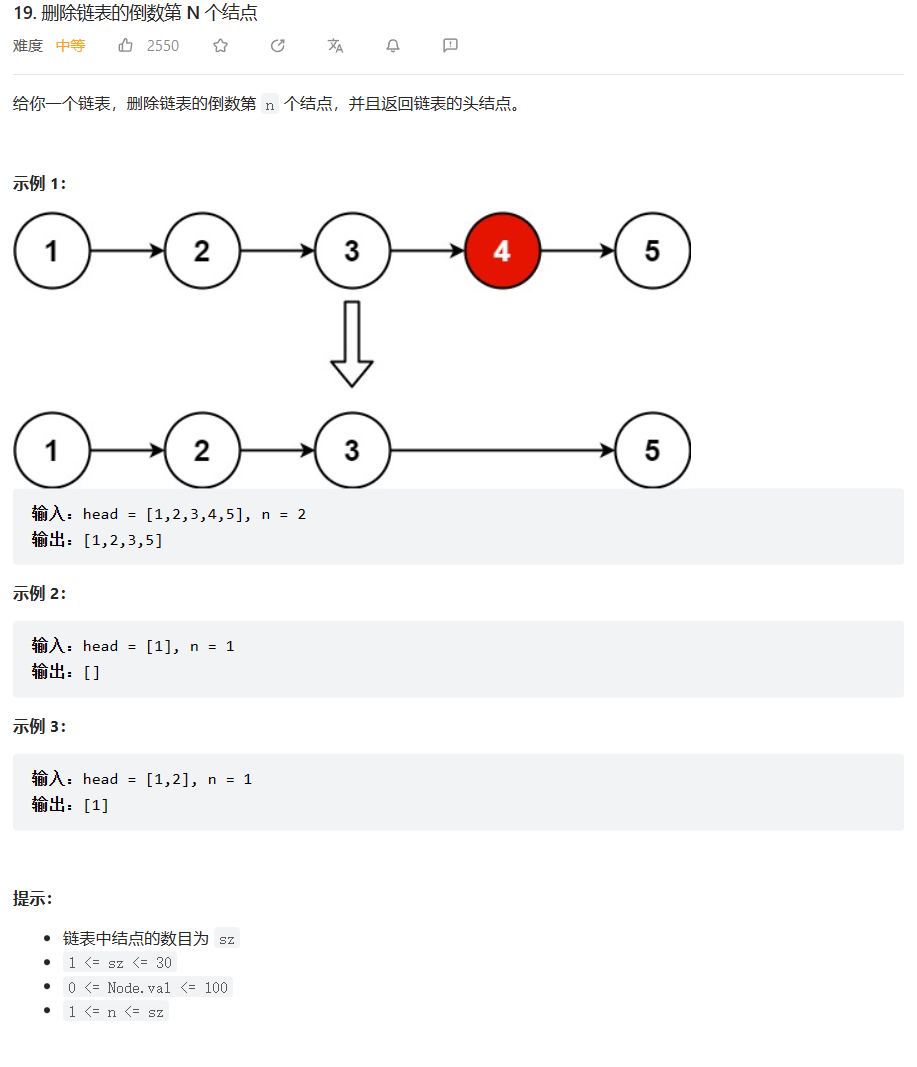
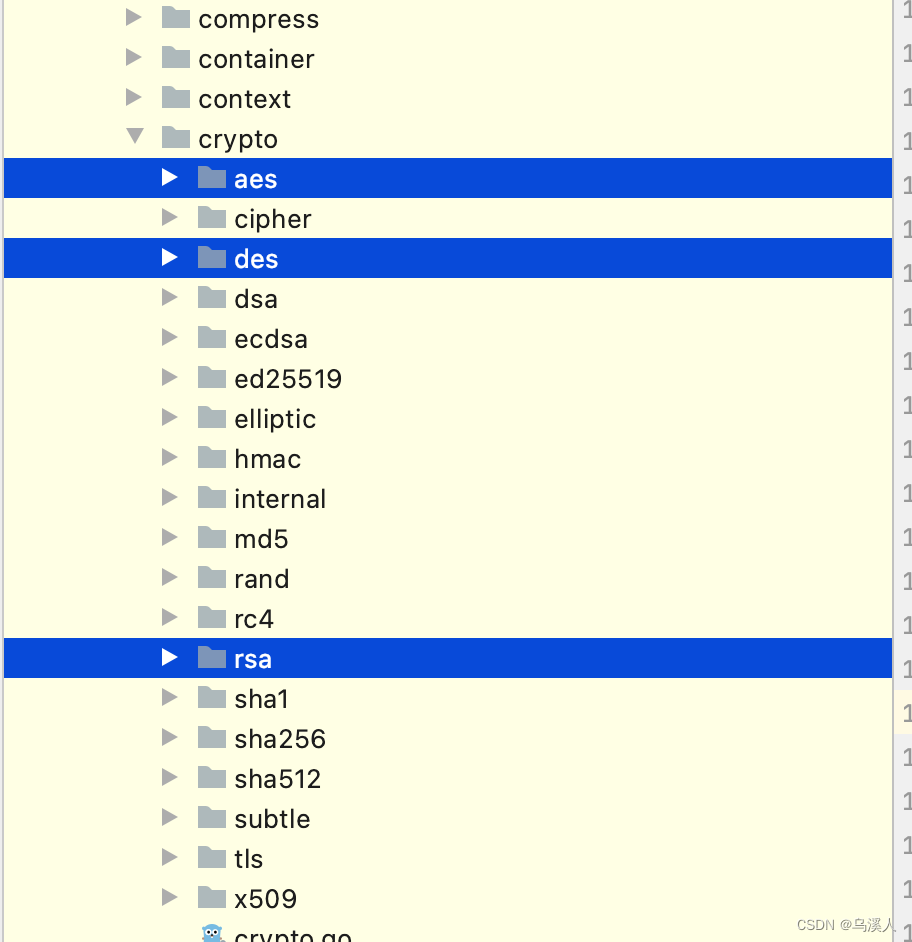

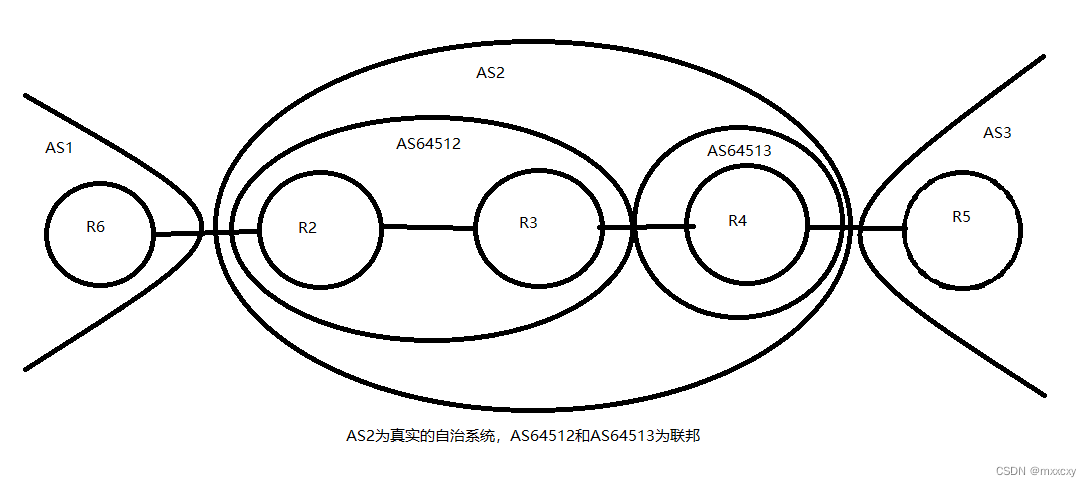
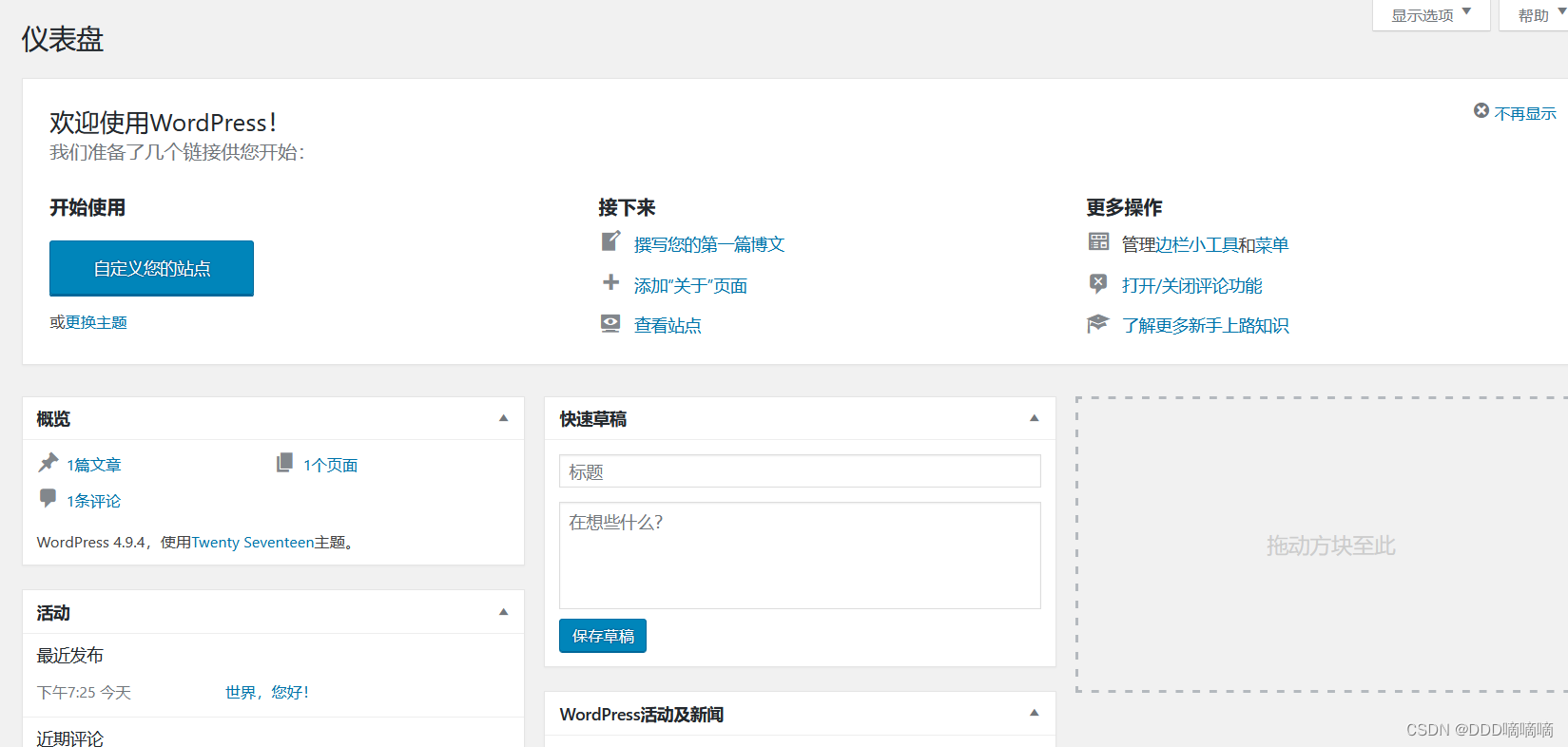
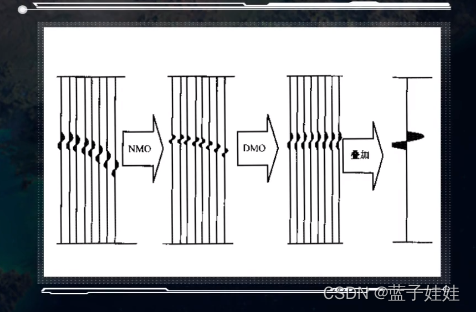



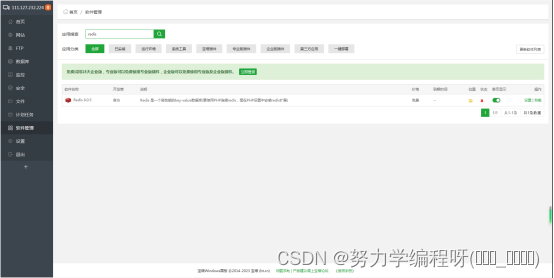
![【群智能算法改进】一种改进的沙丘猫群优化算法 改进沙丘猫群算法 改进SCSO[2]【Matlab代码#36】](https://img-blog.csdnimg.cn/a3ac2ba116364ae4a01e3847ed1a52b0.png#pic_center)



